An orthopaedic surgeon shares his approach in video case study

A 37-year-old female presented to Cleveland Clinic’s Department of Orthopaedic Surgery with symptomatic bilateral hip pain. Her symptoms had progressed since an injury to her right hip six months previously. Computed tomography (CT) imaging showed underlying bilateral hip acetabular dysplasia, in addition to severe arthritis of the right hip and preserved cartilage of the left hip.
Cleveland Clinic is a non-profit academic medical center. Advertising on our site helps support our mission. We do not endorse non-Cleveland Clinic products or services. Policy
Atul Kamath, MD, Director of the Center for Hip Preservation and staff surgeon in the Orthopaedic and Rheumatologic Institute, advises, “We have to look at each hip based on the quality of the cartilage that is there at the time of presentation. Her right hip was too far gone for any preservation measures, given the severe arthritis at the time.”
For this reason, he explains, he elected to perform arthroplasty of her right hip and, at a future date, would perform a periacetabular osteotomy of the left hip. Periacetabular osteotomy involves rotating the acetabulum, optimizing the surface for the femoral head – a procedure that can delay or prevent the progression of osteoarthritis.1
Three months after the first procedure, Dr. Kamath performed the periacetabular osteotomy on the left hip through a Smith-Petersen/direct anterior approach. The patient did well with high functional activity at final follow-up.
To view preoperative and postoperative images and learn more about the case, watch the video below. Dr. Kamath discusses the case in detail, including indications for the procedure, his surgical approach and the patient’s outcomes.
Visit Cleveland Clinic’s YouTube channel for more video case studies from Dr. Kamath and other Orthopaedic and Rheumatologic Institute surgeons.
Reference
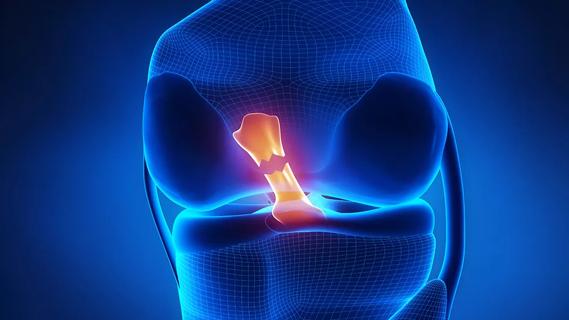
Study reports zero infections in nearly 300 patients
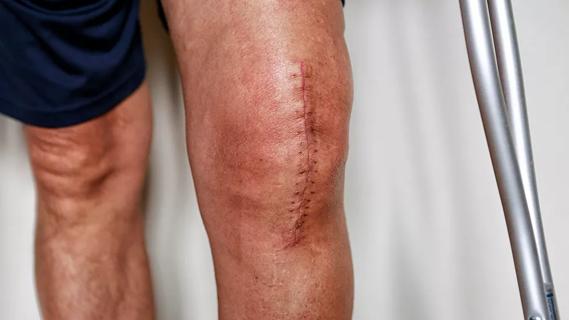
How to diagnose and treat crystalline arthropathy after knee replacement
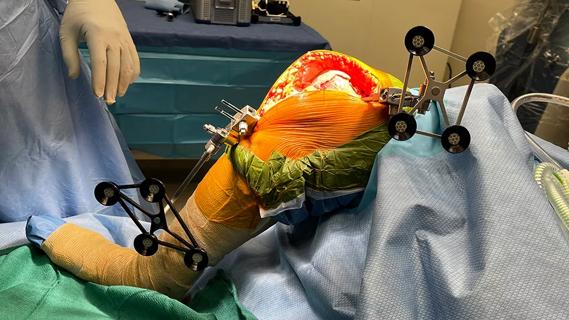
Study finds that fracture and infection are rare

Reduced narcotic use is the latest on the list of robotic surgery advantages

Cleveland Clinic orthopaedic surgeons share their best tips, most challenging cases and biggest misperceptions

How it actually compares to posterior and lateral approaches
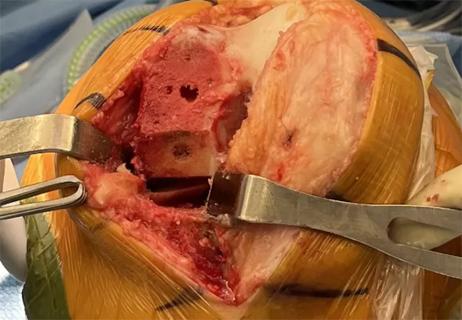
When procedure is performed by high-volume surgeons, outcomes are comparable to total knee replacement
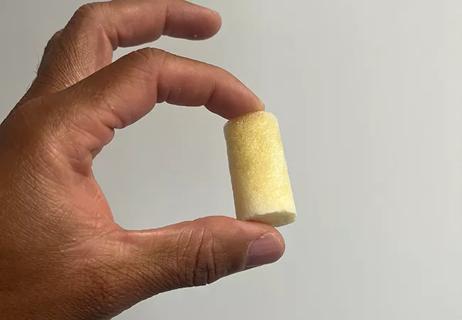
Clot substitute helps rejoin the stumps of a torn ligament